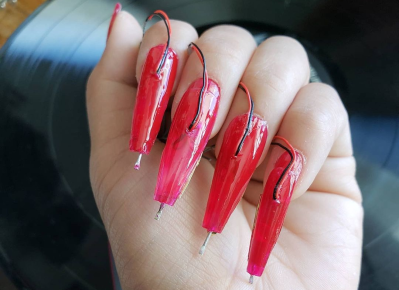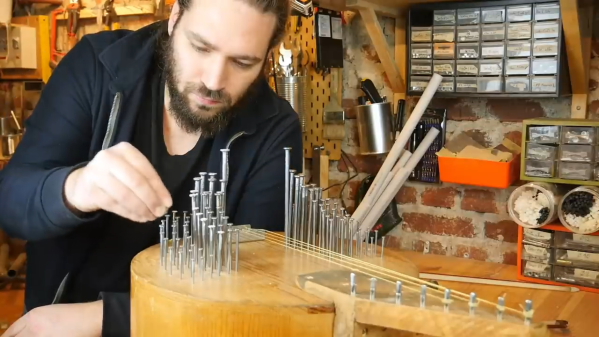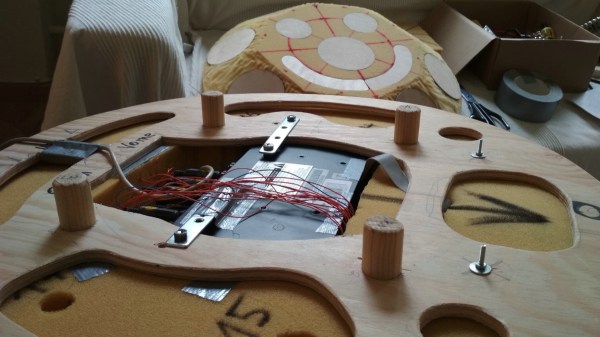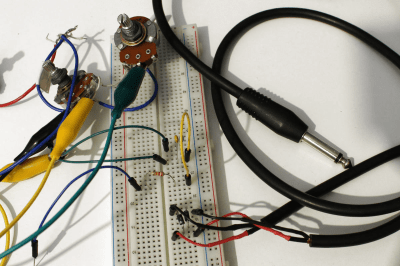[3DSage] has long been obsessed with a certain type of musical instrument after playing The Legend of Zelda: Ocarina of Time. It spawned a project to robotically control an ocarina, which turned out beautifully.
The first step was to build an air blower that could excite the ocarina into making noise. With that completed, [3D Sage] then 3D scanned an ocarina so he could design a mechanism that would fit the instrument and let it be played. The final design uses a set of solenoids with rubber caps to plug the various holes of the ocarina to play different notes. The solenoids are actuated according to notes pressed on a printed keyboard. Alternatively, it can be programmed to play pre-stored songs by itself.
The results are charming, though the ocarina does sound a little off-pitch. Overall, though, the project is a great use case for a 3D scanner, since the instrument itself is such an odd irregular shape.




















